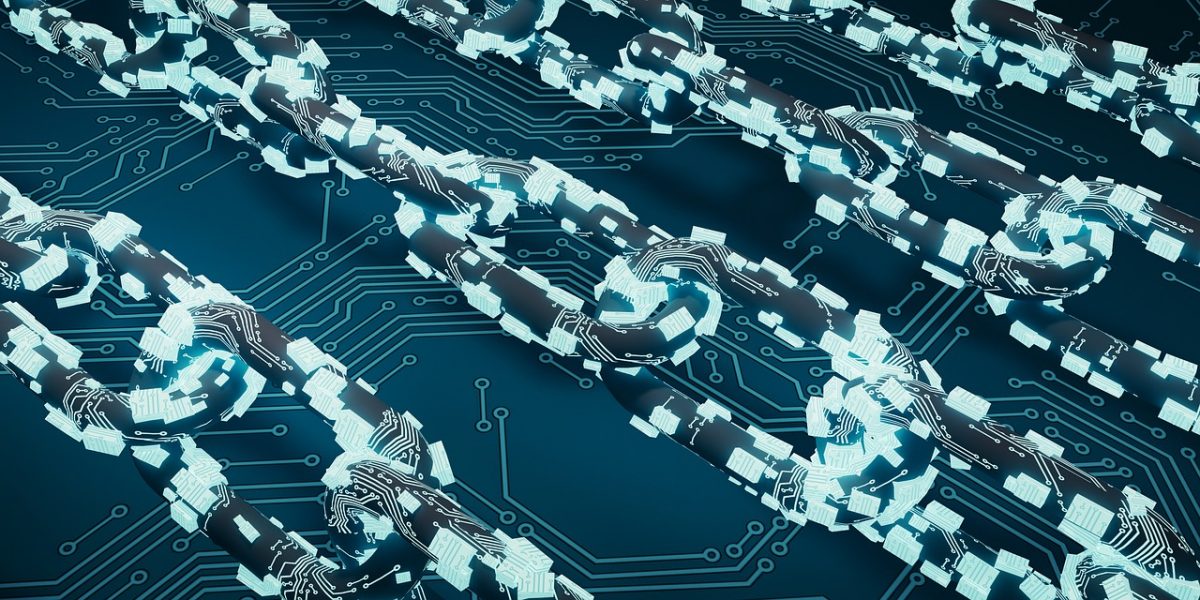In recent years, the introduction of deepfake technology has significantly altered our notion of what is and is not genuine. Deepfakes, a technique that uses artificial intelligence (AI) to generate synthetic media, are becoming increasingly popular and sophisticated, bringing both interesting potential and major dangers. Deepfakes, which range from modifying political statements to resurrecting historical people, challenge our impression of reality and blur the boundary between truth and deceit.
The Evolution of Deepfakes
Deepfakes have grown considerably since their introduction. Initially, developing a deepfake necessitated extensive technical knowledge and money. However, advances in artificial intelligence, notably the invention of Generative Adversarial Networks (GANs) and diffusion models, have made deepfakes more accessible. These technological advancements have made it easier for anyone with less technical knowledge to create realistic synthetic media.
While these improvements have provided new creative opportunities, they have also increased the hazards involved with deepfakes. Identity theft, voice cloning, and electoral tampering are just a few of the possible risks presented by this technology. Deepfakes’ capacity to effectively change audio and video footage allows them to be used for evil objectives such as disseminating disinformation, causing reputational damage, and even committing significant crimes.
Potential Risks and Concerns
The broad availability of deepfake technology has raised issues across several domains. One of the most significant concerns is the ability of deepfake films to sway public perception. In a world where video footage is frequently viewed as conclusive proof, the capacity to make realistic but wholly faked movies endangers the integrity of information.
Election meddling is another big issue. Deepfakes may be used to generate misleading comments or actions from political figures, possibly manipulating voters and damaging democratic processes. The quick spread of deepfakes via social media increases their impact, making it impossible for the public to discriminate between real and faked information.
The lack of effective governance structures exacerbates these dangers. As deepfake technology evolves, there is a pressing need for regulatory frameworks that can keep up. In the interim, people and organisations must be watchful and sceptical of the material they consume and distribute.
Applications in Industry
Despite the concerns, deepfake technology has the ability to transform several sectors. In the automobile industry, for example, AI is used to create designs and enhance procedures, therefore simplifying manufacturing and increasing efficiency. Deepfakes have also gained traction in the entertainment business due of their creative possibilities. Deepfakes can be used by filmmakers to recreate historical scenes or to generate data samples for AI training, especially in fields such as medical imaging.
Deepfakes also provide cost-effective content generation options. In cinema, for example, deepfake technology might eliminate the need for costly reshoots or special effects, letting filmmakers to realise their vision at a lesser cost. Similarly, in e-commerce, AI-powered solutions may develop hyper-personalized content for sales and communication, increasing consumer engagement and revenue.
Technological and Regulatory Solutions
As deepfakes become more common, there is an increased demand for technology methods to identify and resist them. Innovations like as watermarking techniques, deepfake detection tools, and AI-driven analysis are critical for content authenticity. These technologies can aid in detecting altered media and preventing the spread of disinformation.
In addition to technology solutions, strong legislative frameworks are required to handle the difficulties brought by deepfakes. Governments and organisations are attempting to create policies that find a balance between preventing the exploitation of deepfake technology and fostering innovation. The establishment of ethical norms and best practices will be critical to ensuring that deepfakes are utilised ethically.
The Promise of Synthetic Data and AI
The same technology that powers deepfakes has potential in other areas, such as the fabrication of synthetic data. AI generates synthetic data, which may be utilised to solve data shortages and promote equitable AI growth. This strategy is especially useful in domains such as medical imaging, where it may help build more representative datasets for under-represented populations, hence improving AI’s robustness and fairness.
By creating synthetic data, researchers may overcome data biases and increase AI performance, resulting in improved outcomes in a variety of applications. This demonstrates the potential for deepfake technology to benefit society, if it is utilised ethically and responsibly.
Positive Aspects of Deepfakes
While there are considerable hazards involved with deepfakes, it is crucial to recognise the technology’s great potential. Deepfakes, for example, can reduce production costs while allowing for more imaginative narrative. By employing deepfakes to recreate historical settings or develop new characters, filmmakers may push the boundaries of their art and provide spectators with more immersive experiences.
AI-powered marketing tools may create hyper-personalized content that connects with specific customers, hence enhancing communication and increasing sales. Deepfakes may also be utilised for educational reasons, such as providing interactive experiences at museums or virtual tours of historical places. These examples highlight how deepfakes may help us better comprehend history and culture.
Future Prospects and Ethical Considerations
As deepfake technology evolves, there is a shared obligation to guarantee its ethical application. To address the issues faced by deepfakes, governance structures must be established and stakeholder participation fostered. At the same time, it is critical to investigate the good uses of this technology and maximise its potential for innovation and societal benefit.
The continued development of deepfake detection techniques, legal frameworks, and ethical norms will be critical in reducing the hazards connected with deepfakes. As technology progresses, a collaborative effort is required to maximise its good applications while preventing its exploitation.
Takeaway:
While deepfake technology is difficult to implement, it has enormous potential in a variety of sectors. There are several options, ranging from filmmaking and marketing to synthetic data production. However, the hazards of deepfakes must be overlooked. The continued development of detection techniques, regulatory frameworks, and ethical principles will be critical to reducing these threats. As we traverse this new reality, we must work together to ensure that deepfakes are utilised responsibly and in the best interests of society.
Contact us at open-innovator@quotients.com to schedule a consultation and explore the transformative potential of this innovative technology.







